Table of Contents
Nagaland Traditional Dance: Nagaland, popularly known as the “Land of Festivals” is a land of lush greenery and diverse cultures. Located in the North Eastern part of India, Nagaland is not just famous for its scenic beauty but also its captivating traditional dances.
These age-old dance forms have been passed down through generations, reflecting the rich heritage and unique traditions dance of Nagaland. In this blog, we will take a closer look at folk dance of Nagaland, exploring their history, folk dances, and the most popular forms that resonate with the people of this northeastern Indian state.
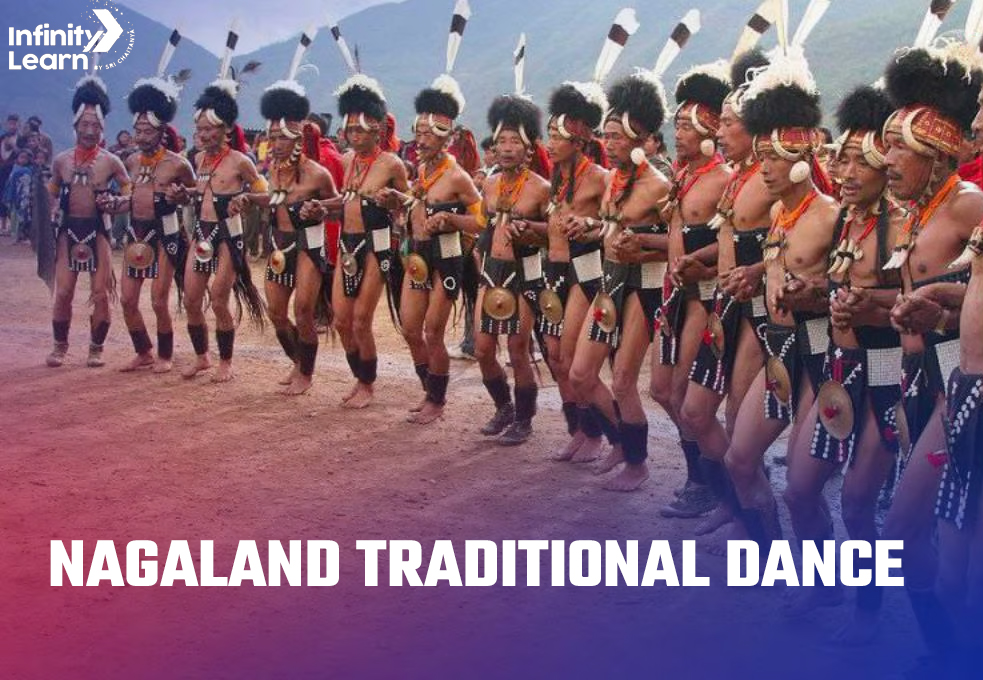
What is the Traditional Dance of Nagaland?
Nagaland’s traditional dance is a mesmerizing art form that embodies the spirit and identity of its indigenous communities. These dances serve as a medium to express emotions, celebrate festivals, and narrate stories of the Naga people. The traditional dance of Nagaland is known for its intricate movements, vibrant costumes, and the use of indigenous musical instruments.
Folk Dance of Nagaland
Folk dances in Nagaland are a captivating expression of the state’s rich cultural tapestry. These dances are deeply rooted in the traditions and identity of Nagaland’s indigenous communities. Nagaland famous dance serve as a means to celebrate, communicate stories, and showcase the unique heritage of the Naga people.
With their vibrant costumes, rhythmic movements, and the use of traditional musical instruments, Nagaland’s folk dances offer a glimpse into the deep cultural roots that define this northeastern Indian state. Whether performed during festivals, ceremonies, or gatherings, these dances continue to play a significant role in preserving and celebrating Nagaland’s diverse cultural heritage.
Popular Folk Dances of Nagaland
Dance of Nagaland play a significant role in the cultural life of Nagaland. These dances are an essential part of the Naga way of life and are performed during various occasions, including festivals, rituals, and gatherings. Let’s delve into some of the popular nagaland dance images with names.
Naga Warrior Dance
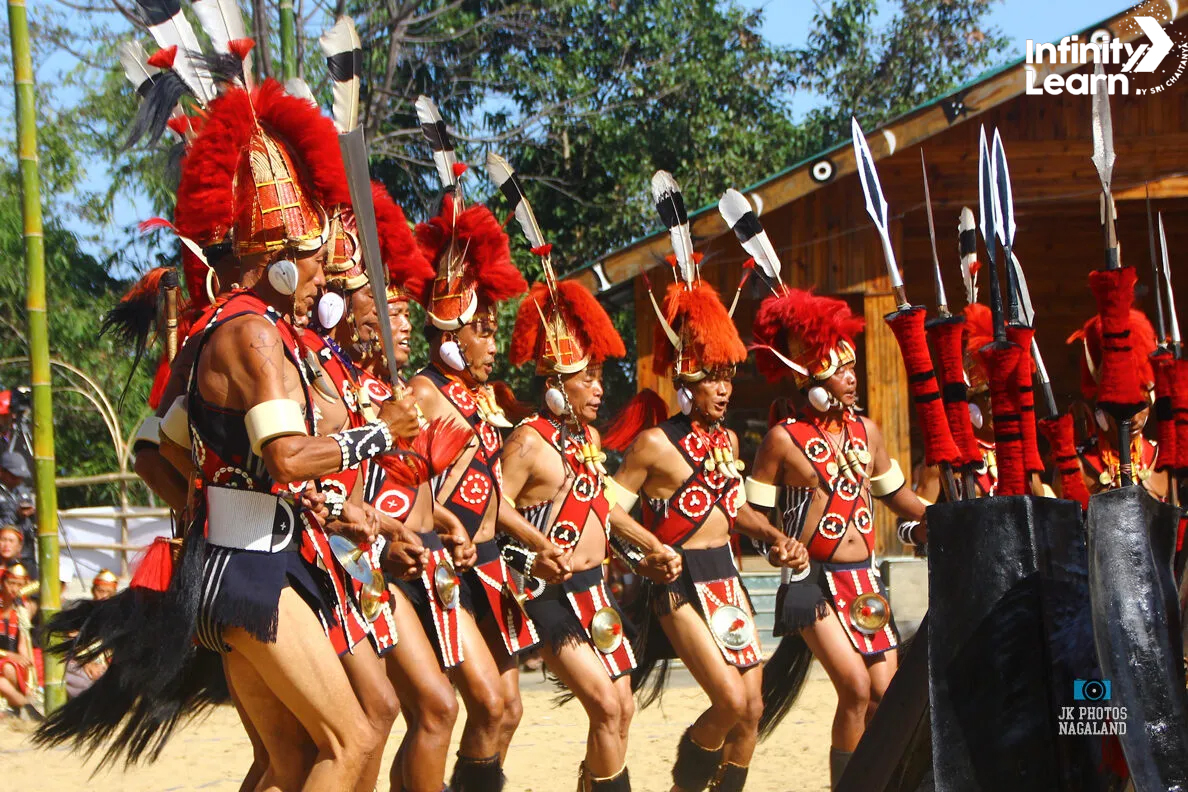
- Origin: The Naga Warrior Dance, also known as the “War Dance,” is a traditional martial dance performed by various Naga tribes.
- Characteristics: Dancers, adorned with warrior attire, including headgear and traditional weapons, perform energetic and rhythmic movements. The dance embodies the spirit of bravery, valor, and the warrior tradition of the Naga tribes.
- Occasions: Naga Warrior Dance is often performed during festivals, cultural events, and ceremonies that commemorate the Naga tribes’ history and martial heritage.
Chang Lo or Sua Lu Dance of Nagaland
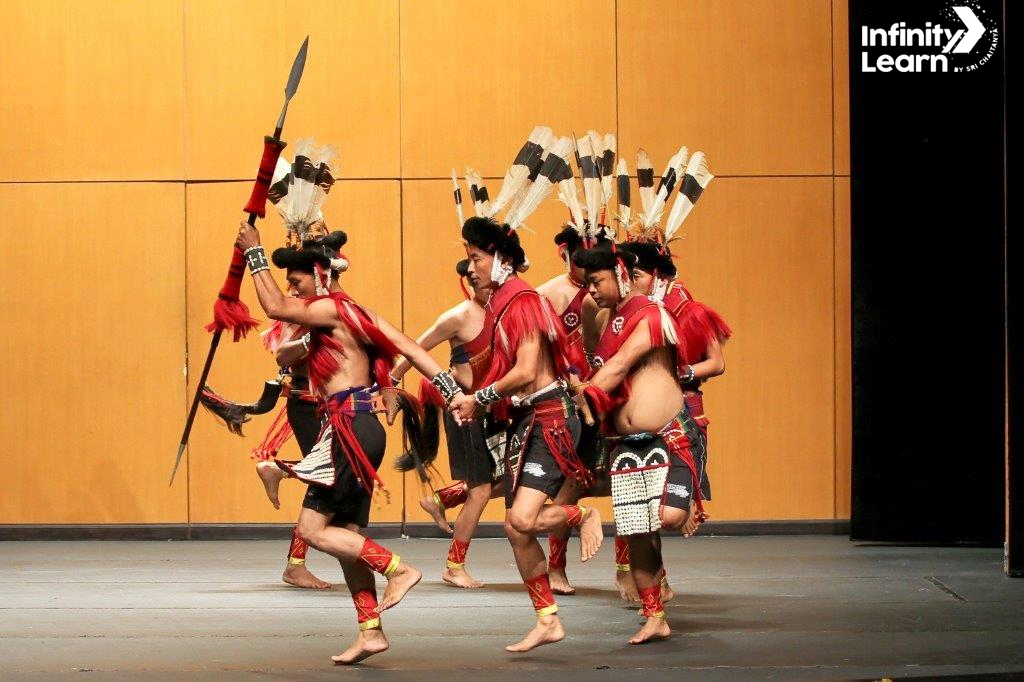
- Origin: The Chang Lo, also referred to as Sua Lu, is a celebratory folk dance performed by the Chang tribe of Nagaland.
- Characteristics: Dancers form a circle, holding hands, and move gracefully with synchronized steps. The dance is accompanied by traditional Chang music and singing, and it is characterized by swaying movements that express joy and unity within the community.
- Occasions: Chang Lo is a common sight at festivals, weddings, and other festive occasions among the Chang tribe.
Rengma Warrior Dance
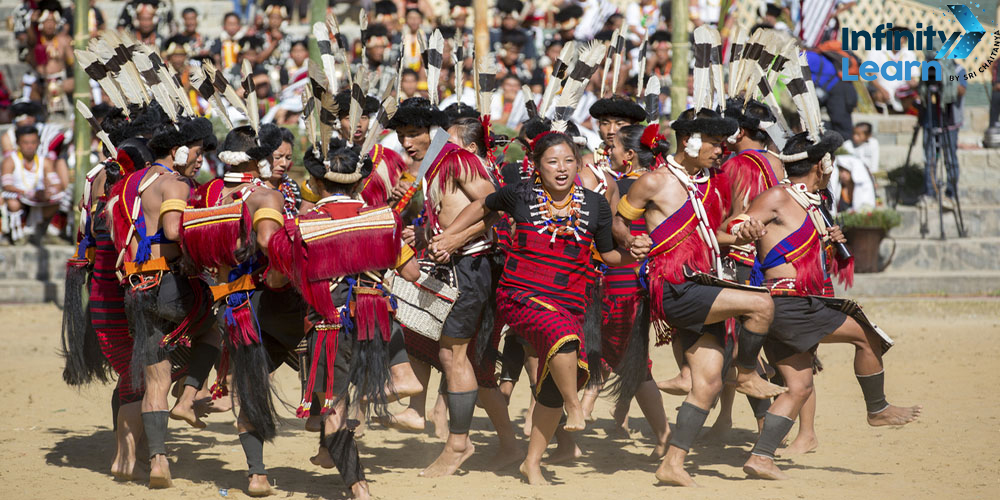
- Origin: The Rengma Warrior Dance is associated with the Rengma Naga tribe of Nagaland.
- Characteristics: Dancers wear distinctive warrior attire and perform rhythmic movements that depict the courage and valor of the Rengma tribe. Traditional Rengma songs and music accompany the dance.
- Significance: This dance is performed during festivals and serves as a cultural reminder of the Rengma tribe’s history and warrior heritage.
Tsungremong
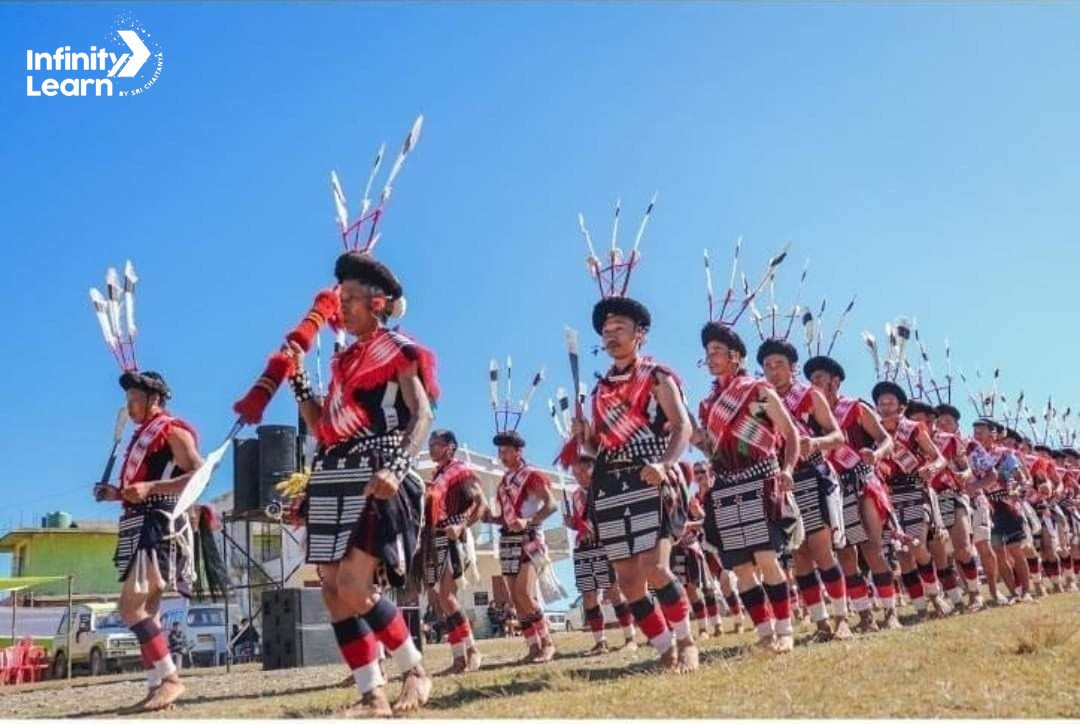
- Origin: Tsungremong is a folk dance of the Ao tribe of Nagaland.
- Characteristics: Dancers perform Tsungremong during the Ao community’s harvest festival. The dance involves coordinated movements and traditional songs, celebrating the bountiful harvest and giving thanks to the gods for their blessings.
- Occasions: Tsungremong is a significant part of the Moatsu festival, a prominent Ao Naga celebration.
These popular folk dances of Nagaland not only showcase the state’s rich cultural diversity but also serve as a means to celebrate, preserve, and share the unique traditions and histories of the Naga tribes. Whether performed at festivals, weddings, or cultural gatherings, these dances continue to captivate audiences and keep Nagaland’s cultural heritage alive.
Other Famous Folk Dances of Nagaland
In addition to the popular nagaland famous dance mentioned earlier, Nagaland boasts several other famous folk dances that are celebrated and cherished by its indigenous communities. Here are some more notable nagaland folk dance names.
Angami Sekrenyi Dance
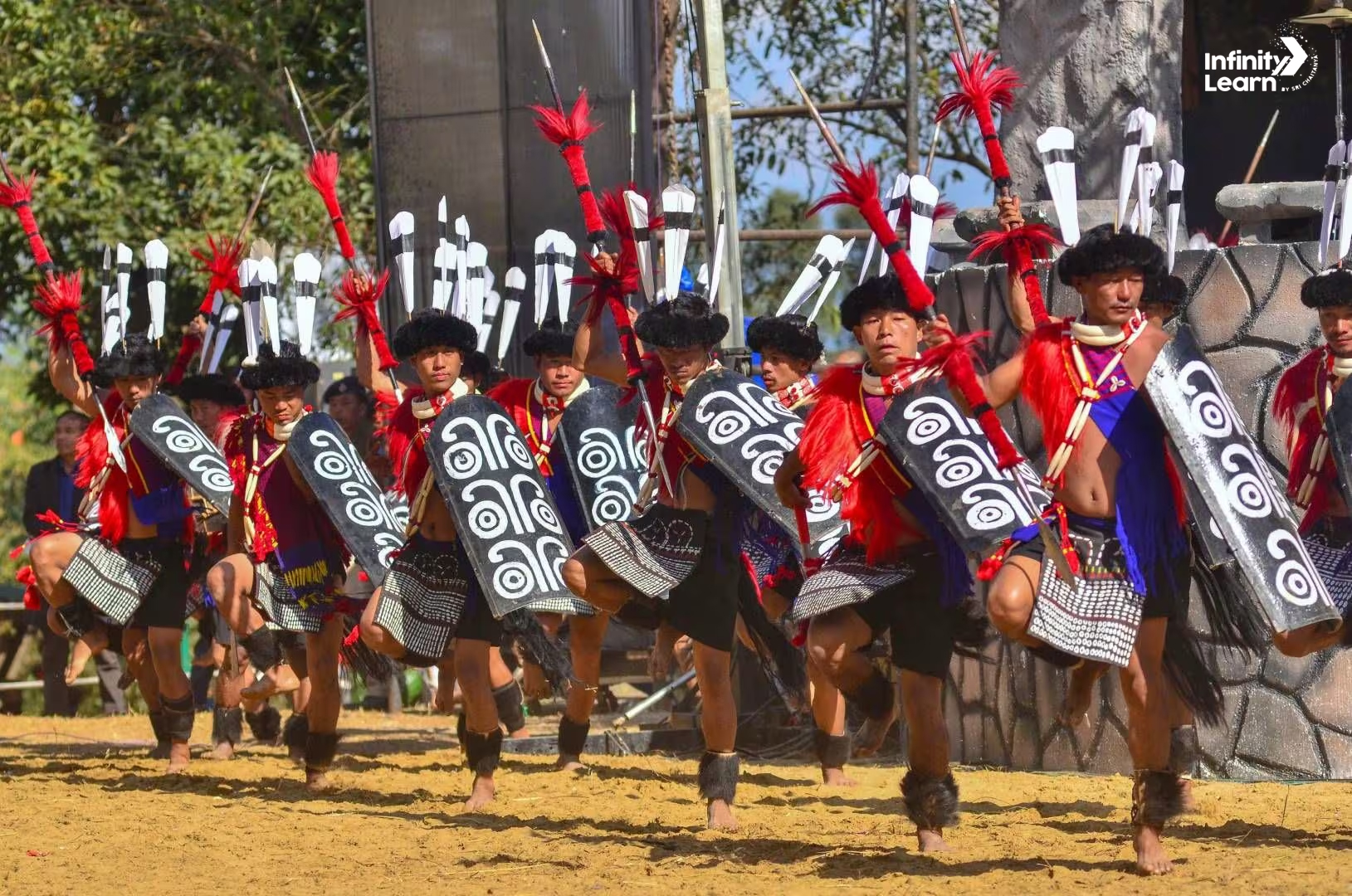
- Origin: The Angami Sekrenyi Dance is performed by the Angami Naga tribe during their annual Sekrenyi festival.
- Characteristics: Dancers wear traditional Angami attire and perform graceful movements to the accompaniment of traditional songs and musical instruments. The dance signifies purification, unity, and the renewal of friendship among the Angami tribe.
- Occasions: The Angami Sekrenyi Dance is an essential part of the Sekrenyi festival, which is celebrated in the month of February.
Zeliang Dance of Nagaland
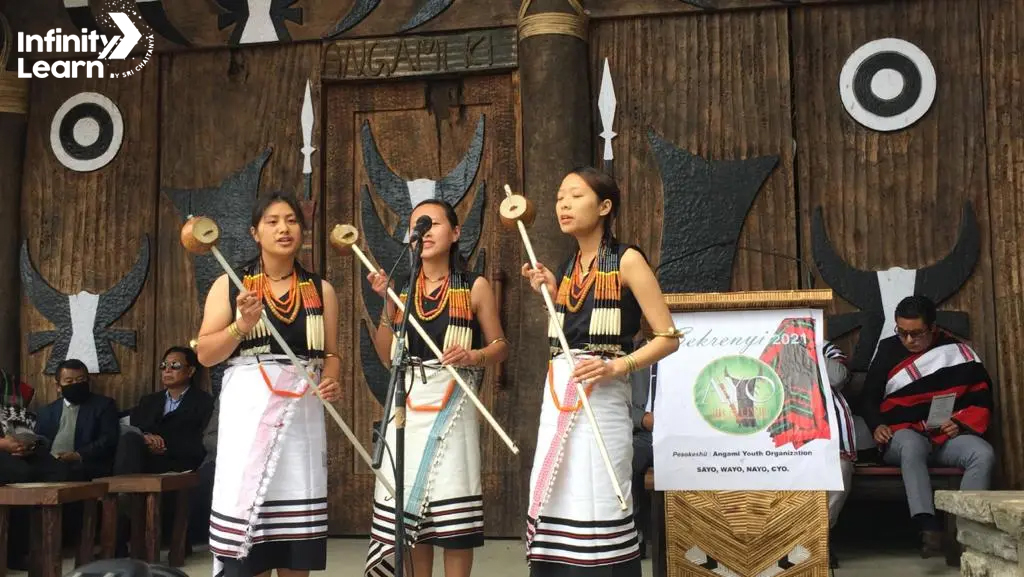
- Origin: The Zeliang dance is associated with the Zeliang Naga tribe of Nagaland.
- Characteristics: This bamboo dance of Nagaland is characterized by slow, graceful movements, and dancers often use bamboo sticks as props. The Zeliang dance typically depicts themes related to agriculture, the cycle of life, and the harmony between humans and nature.
- Occasions: It is performed during various cultural events and celebrations within the Zeliang community.
Lotha War Dance
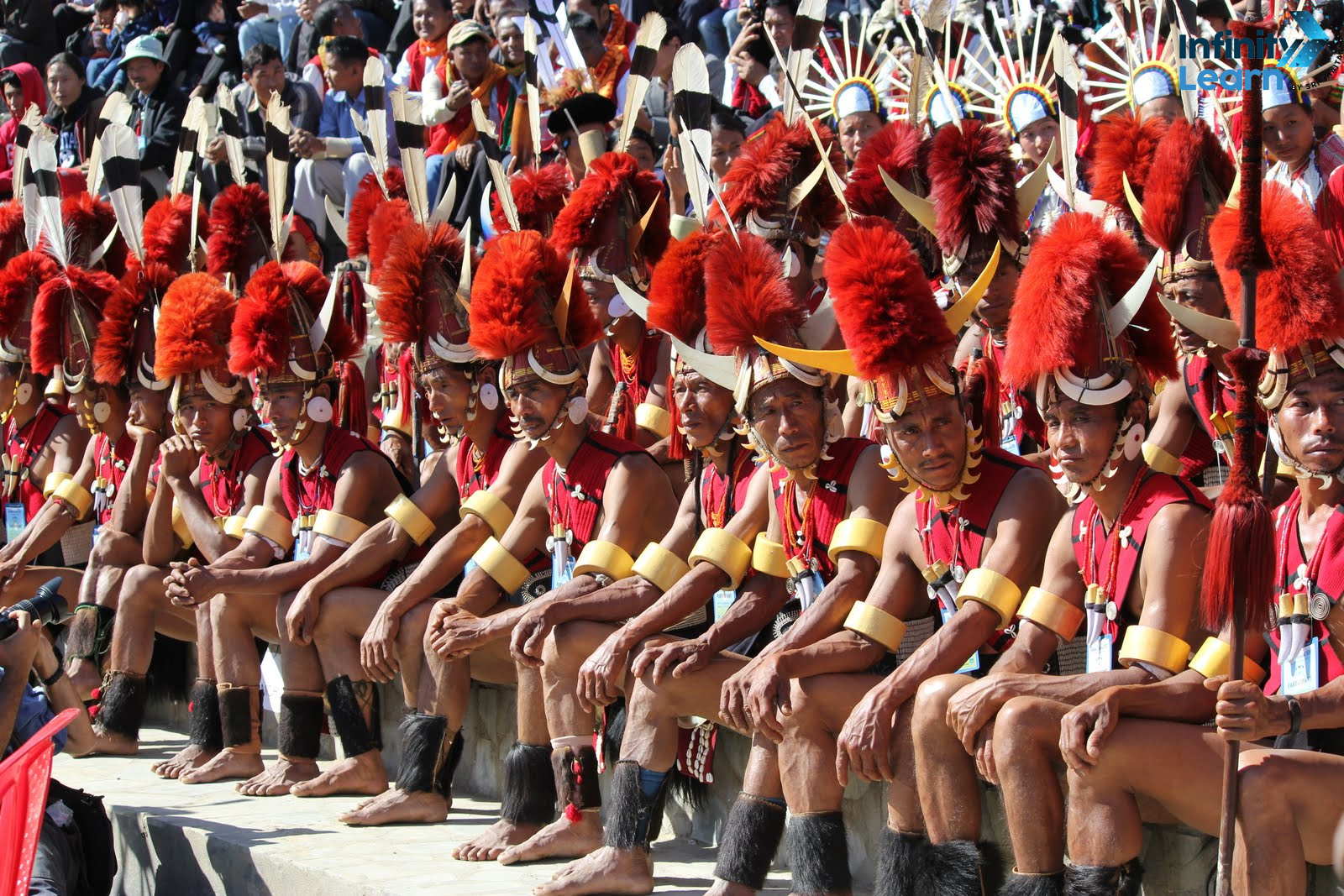
- Origin: The Lotha War Dance is a traditional dance of the Lotha Naga tribe.
- Characteristics: Dancers adorn themselves with traditional Lotha attire and perform intricate dance sequences that depict the valor and courage of the Lotha warriors. The dance is accompanied by the beats of drums and gongs.
- Significance: The Lotha War Dance is often performed during festivals and cultural gatherings to honor the bravery of the tribe’s ancestors.
Sema Bamboo Dance

- Origin: The Sema Bamboo Dance is performed by the Sema Naga tribe of Nagaland.
- Characteristics: Dancers skillfully step in and out of arranged bamboo poles while creating rhythmic patterns by tapping the bamboo sticks. This intricate dance requires agility and coordination.
- Occasions: The Sema Bamboo Dance is a captivating performance often seen during festivals and cultural events in the Sema community.
These additional famous folk dances of Nagaland, along with the previously mentioned ones, showcase the rich cultural diversity and traditions of the state’s various Naga tribes. These dances are not only expressions of art but also a reflection of the deep-rooted cultural values, stories, and identities of Nagaland’s indigenous communities. They continue to be an essential part of the region’s cultural heritage and are celebrated with pride and enthusiasm.
| Other Topics of Indian Culture | |
| What is Rich Cultural Heritage | Traditional Dress of Gujarat |
| List of all Festivals of India | Paragraph on Indian Culture |
| Speech on Indian Culture | Essay on Indian Heritage |
| Andhra Pradesh Traditional Dress | How Old is Culture in India |
| Traditional Dance of Maharashtra | Capital of Bihar |
| Traditional Dance of Andhra Pradesh | Malegaon – A Cultural and Historical Gem of Maharashtra |
| Capital of Punjab | Rajasthani Traditional Dress |
| Karnataka Traditional Dance | |
Conclusion
Nagaland’s traditional dances are a testament to the rich cultural tapestry of this northeastern state. The Naga Warrior Dance, Chang Lo, and Bamboo Dance are just a few examples of the captivating folk dances that reflect the history, traditions, and identity of Nagaland’s indigenous communities. These dances continue to thrive, preserving the heritage and stories of the Naga people, and they are a must-see for anyone seeking to explore the cultural diversity of Nagaland.
Folk Dance of Nagaland FAQ’s
Which is the famous dance of Nagaland?
The famous dance of Nagaland is the War Dance or Warrior Dance, showcasing the traditional Naga warrior spirit.
What is the name of the butterfly dance?
The Butterfly Dance is known as the Papu Dance in Nagaland, symbolizing the beauty and grace of butterflies.
What is the butterfly dance tradition?
The Butterfly Dance tradition, known as Papu Dance, celebrates the elegance and freedom associated with butterflies through vibrant and graceful movements.
What is the Changai dance of Nagaland?
The Changai Dance is a traditional folk dance performed by the Chang tribe in Nagaland, depicting their cultural heritage through rhythmic movements.
What is kuki dance of Nagaland?
The Kuki Dance is a traditional dance form performed by the Kuki tribe in Nagaland, showcasing their cultural identity through rhythmic steps and gestures.
What is hornbill dance in Nagaland?
The Hornbill Dance is a ceremonial dance performed during the Hornbill Festival in Nagaland, representing the diverse tribal cultures of the state.
What is the sadal kekai dance of Nagaland?
The Sadal Kekai Dance is a traditional dance performed by the Pochury tribe in Nagaland, reflecting their customs and rituals.
Which state is Thali folk dance?
The Thali folk dance is associated with the state of Arunachal Pradesh, not Nagaland, showcasing the cultural heritage of the Thali tribe in Arunachal Pradesh.









